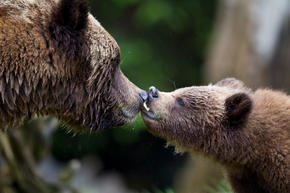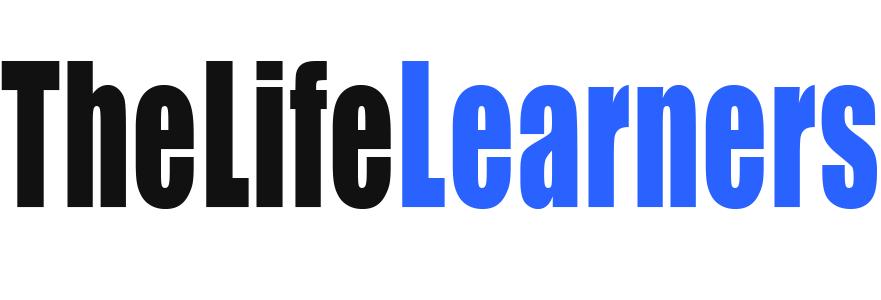
As even our youngest learners are now required to delve into non-fiction texts, many teachers are left wondering which texts to study or even which themes to explore. Knowing which subject areas are most interesting to children can be difficult. I have found that teaching a unit on bears is a great way to bridge the gap between traditional children’s literature, such as Brown Bear, Brown Bear What Do You See? and Corduroy, to non-fiction, science-based texts. As we transition into Common Core, the need for incorporating informational texts within daily lessons becomes crucial. Here are some great tips to teach a unit of study on bears that utilizes multiple modalities while also covering many subject areas.
Build Background
Whenever embarking on a new unit of study, it is important to check to see what knowledge is already present and what questions and misconceptions children may have. Here are some great ways to jump-start a study on bears:
- KWL chart: Write what they already know, plus questions about what they want to know. At the conclusion of the unit, you can revisit the chart and complete the learned portion.
- Have children bring in a stuffed bear from home to share with the class.
- Create a Venn diagram comparing pictures and words (comparing real vs. fantasy bears.)
- Ask learners to complete sentence frames by drawing or writing the following: Bears are _____, Bears can _____ Bears have _____. These can be compiled into a class book.
Beary Good Work
There are tons of amazing lesson plan ideas to use during a unit on bears. One of the most popular activities is to create a 3-D bear using brown butcher paper. With parent help, the children can cut out two templates of a bear and staple them together. The bear can then be stuffed with newspaper and decorated with wiggly eyes, buttons, a felt scarf, and other decorations to resemble the bear in the Corduroy stories. This bear can be used as a way to teach about parts of a bear that are unrealistic (such as the buttons and scarf). Using the Corduroy stories as a mentor text, students can also name their own bears and write their own fictional stories. These cute bears can stay around for the entire unit of study and even go to sleep and hibernate until winter is over! In addition to creating a 3-D art project, here are some other bear-related activities:
- Use pattern bears to create patterns.
- Create a cave out of a paper bag and write about why bears hibernate in caves.
- Label the parts of a real bear.
- Write a class bear book containing facts about bears.
Books to Inspire Young Learners
Fiction stories:
- Bear Snores On
- Corduroy
- Brown Bear, Brown Bear, What do you see?
Non-fiction texts:
- National Geographic for Kids Readers Series
- Saving Yasha
- Hibernation (First step nonfiction – discovering Nature’s Cycles)
Wrapping it All Up
There are several great ways to conclude a study on bears. One of my favorite ways to finish is by taking my kindergarten class on a bear picnic. It is a very special day in which the children write letters to their own bears and have a class party celebrating all they have learned about bears. During the class party, parents bring in bear-themed treats, such a bear claw (breakfast treat) and other food items (Teddy Grahams, gummy bears, etc). During the picnic, the children have the chance to share their bear stories with their parents. Another great ending activity is to create an Eric Carle-inspired polar bear art project by using a variety of tools (plastic fork, sponge, Q-tip®) and white paint to make a polar bear. Cut out the polar bear and glue onto colored paper!
GRRRReat Bear Lesson Plan Ideas:
Polar Bear, Polar Bear
Use this interesting idea from Scholastic in conjunction with the famous story book. This site includes printables and worksheets to accompany the book.
Gummy Bear Math
Another great way to incorporate a bear theme into mathematics is to count, sort, and graph gummy bears. This worksheet helps to keep track of each color gummy bear. You can even add the various colors and combinations together.
What Do Bears Eat?
This is a great, basic worksheet in which young scientists circle and color the things (plants and animals) that a bear will eat.

